Education
‘Why Are the Trees Falling?’ How One Dubai School is Prioritizing Climate Literacy
'The students surprise us every day with the ideas they come up with.'
On a balmy Thursday morning in October, a group of kindergarten students in Dubai sat in their classroom, intently watching a short film on the risks of air pollution. The walls of the classroom were covered in potted plants and artwork by students. After the movie ended, the students were asked to reflect on what they saw, heard and took away from the video. Several hands shot up as the kids raised their concerns. “I think there was smoke [omnipresent] in the video,” a child said. Another added, “The weather [used to be] cold. Now, it’s getting hotter.”
At Kindergarten Starters, a primary school in Dubai that works with children till grade 5, teachers and school staff have made environmental literacy their mission, delegating climate-focused activities to everyone on campus. Several staff members, including non-teaching staff, have completed a course on climate change this year, in a bid to integrate climate literacy into the school environment and curriculum. The course is a part of the Educcate Global Project which is accredited by the United Nations and aims to equip teachers with the information and skills to guide their pupils to transform knowledge about climate change into positive mitigation action. The curriculum and program is the brainchild of Melanie Harwood, an education specialist, and Denise Meissner, an occupational therapist, and was launched last year. The course has generated a buzz for addressing climate change through education. “The response has been off the scale and there are currently just over 29,000 teachers signed up to do the course and 11,000 teachers have completed the course,” Harwood told Re:Set.
For Kindergarten Starters, incorporating environmental literacy into their curriculum has become a priority. It is now the world’s first UN climate-change certified school.


The walls of the classrooms at Kindergarten Starters are covered with potted plants. (c) Reset Fest Inc, Canada.
“If we know how to take care of our bodies and that’s taught to us, why can’t we teach children to take care of the world?” Asha Alexander, the school’s principal, told Re:Set. Alexander was the first educator from the school to opt for the online course after she spotted an advertisement. “We’ve wasted a lot of time,” she added. “If we continue to ignore [climate change] even more and not teach children [about it], it’s going to become a bigger problem.”
When it comes to teaching younger children about climate change and sustainability, Alexander believes that an inclusive approach and a 360-degree model works best. From teaching kids about separating wet waste and dry waste to pushing for debates on responding to climate change in the classroom, here’s what educators can do to incorporate climate change awareness in their schools.
Also read: We Meet the Educator Behind the World’s First Junior MBA Program
Embrace real-world initiatives
For Kindergarten Starters, one of their most popular campaigns that caught the attention of the school community is an initiative called Plant a Legacy. The school has pledged to plant 15,000 trees every year across Dubai in a bid to encourage conversations about the environment. “When we [decided to plant] 15,000 trees, I thought it would take forever. But it’s just [been] 48 days and we’ve planted 10,000 trees already,” Alexander said. Since the interview, the number has now risen to over 11,000 trees. The school arranges for the saplings to be tended to regularly.
Alexander believed that a project like Plant a Legacy would be a great way to pique her students’ interest. Inspired by their children’s project, parents also joined in. “They [parents] loved going out and planting [trees],” Alexander said. “It was almost therapeutic for them to go along with other parents and get to plant trees.” Plant a Legacy has managed to inspire several students in the school community by its massive numbers, and is getting noticed for being a talking point in nearly every classroom.


Kindergarten Starters has replaced plastic with paper cups, biodegradable bags made of starch and recyclable food containers, on campus. (c) Reset Fest Inc, Canada.
A project like Plant a Legacy can be highly effective as it requires students to learn by doing as they plant trees around the city in several planned phases. It can make environmental literacy a lot more real for children because it asks them to be directly involved in the process and aligns with the project-based learning approach. While pulling off something like this might be tricky for a lot of schools on account of budgetary restrictions, among other factors, it’s possible to do this on the school premises or with potted plants as well. Budgeting is a crucial factor in this scenario and requires careful planning in advance: it can help to collaborate with funding partners, and greenhouses that can provide saplings.
The challenges associated with such a project are immense, and Alexander’s team is always on the lookout for new ideas to explore alternatives when it comes to incorporating climate-change literacy into the daily lives of students. For instance, they needed to acquire legal permission before planting trees around Dubai. They also had to figure out the logistics such as taking their students to different locations around the city for the project, finding people who would tend to the saplings regularly and zero down on ways to keep the total costs low. They eventually secured support from a company focused on sustainability in the Middle East and also received help from individuals who offered their private land for planting trees.


Through the Plant a Legacy initiative, the school hopes to plant 15,000 saplings every year. (c) Reset Fest Inc, Canada.
Learning sustainability by doing
What has also worked for the school is walking the talk and recognizing that sustainability is much more than a fancy buzzword. From deliberate measures such as replacing plastic with paper cups, using biodegradable bags made of starch and recyclable food containers, Kindergarten Starters is actively working towards engaging the kids with climate-aware ideas and lifestyle changes at an individual level.
A team of climate-aware educators is developing a curriculum that will transform the way students think about and discuss climate change. Lessons in nearly every subject will focus on ideas that are working to mitigate the effects of climate change such as using a composting machine on campus to treat the wet waste generated, how it works and the importance and use of compost. Students are urged to think about the long-term impact of doing something as small as planting a tree. Through study methods that focus on reflection and unpacking complex questions, kids at Kindergarten Starters develop their critical thinking.
“Where will all the animals go now?”
Alexander is proud of how insightful the kids’ observations can be. “You should see the work on the classroom walls, the bulletin board, [to understand] what they think about it,” she said. The kids recently studied the Amazon forest fires and worked on a visual representation of their thoughts for the school’s bulletin board. Some of the most powerful questions included “Why are all the trees falling?” “Where will all the animals go now?” and “How can we help them?”


Students visually represent their questions about the recent fires in the Amazon rainforest. (c) Reset Fest Inc, Canada.
Integrating environmental literacy into lessons requires a bit of planning and creativity. For example, in a science class at Kindergarten Starters, kids in grade 4 learned to measure rising sea levels while reflecting on questions like “why must we be concerned about rising sea levels?” Students at the school are also being introduced to specific subjects such as forensic sciences to help them understand climate change better through topics like soil science. In another environmental studies class, kindergarten students were shown a photo that represented two alternate realities. On the left side of the photo was a lush forest replete with animals and trees, while on the right, it shows a barren land with little life or vegetation cover. The kids were quick to spot the obvious discrepancy between the two pictures and pinpointed possible causes.
“I wanted to pick up all the plastic I saw.”
During one of the classroom discussions, a student opened up about his experience with trying to get rid of plastic on a public beach in Dubai. “I wanted to pick up all the plastic I saw. My mom refused, saying if I wade deep into the water, I may end up in trouble,” he said, expressing regret at the fact that he couldn’t get rid of the plastic. Alexander emphasized the need to encourage eco-friendly behaviour everywhere: at home and in school. “Climate literacy is not about a few people…saying, ‘we’ve done this [adopted sustainability]’….if everything is falling apart, everyone has to pick up the pieces.”
Harwood believes that environmental literacy doesn’t require a complete overhaul of the curriculum. It can benefit from minor changes and tweaks in the classroom. She referred to math as an example and said that kids can use their knowledge of percentages and ratios to calculate data relevant to climate change, like diminishing land mass in Bangladesh as a result of rise in sea levels.
Getting involved through small, but impactful ideas
While students at Kindergarten Starters are often taught about the environment and climate change in class, their approach is firmly unconventional and different. Think glaciers and rising sea levels, explained through a science experiment, using playdough and ice inside the classroom. They’re also strongly encouraged to ask questions about things that irk them. For example, some of her students have asked Alexander about adults leaving behind cigarette butts in parks. They didn’t know how to tackle this. Alexander motivated the children to speak up. “I said, ‘you go and talk to [them] and say, please don’t put cigarette butts in our garden because we are picking it up,’” she said. “So when…[they] see these small children picking up the cigarette butts, they feel embarrassed.”


Through study methods that focus on reflection and unpacking complex questions, kids at Kindergarten Starters step up with their viewpoints. (c) Reset Fest Inc, Canada.
Alexander knows factual examples can be overwhelming. “This year, we had one of our ancillary staff [members]…who died trying to rescue his child and nephew [in Kerala, India]. We sent tons of relief material, not once, but twice as part of relief efforts,” she said. “The [effects of] climate change for [the kids] was made real through this incident.” The south Indian state of Kerala has been plagued by devastating floods every monsoon season over the past couple of years, claiming over 180 lives in 2019.
“We are mindful during discussions.”
Speaking about events like floods that directly affect them has helped teachers at Kindergarten Starters initiate conversations about the impact of climate change. “We are mindful during discussions, and climate change is addressed by talking about what children see happening around them,” Alexander explained. “There are several students and we do it sensitively so as not to create worry or panic.” The floods were deeply personal for many students, and teachers focused on open communication and encouraged their pupils to ask as many questions as possible about what they heard and saw. In terms of safeguarding their mental health, teachers at the school are advised to not show distressing videos in class and teach children by modeling good practice.


“I wanted to pick up all the plastic I saw,” said a student about his experience at a public beach. (c) Reset Fest Inc, Canada.
Getting parents and kids at the school to actively discuss climate change has resulted in some visible changes. Alexander cited an example: a child’s parents decided to gift potted plants to guests at their kid’s birthday party instead of opting for conventional presents this year.
While Alexander and her team know climate change advocacy is a long, slow process, they’re hoping to inspire other educators and schools to adopt sustainable habits such as turning off the lights and the air conditioner while leaving a room.
The long-term approach is simple — make the school as eco-friendly as possible through tweaks like taps that spray out water through fitted filters to reduce water wastage and distributing bags made of alternate materials like sugarcane pulp. They also aim to plant 15,000 trees every year and take Plant a Legacy forward.
“We do not have to do spectacular things, we don’t have to make a forest,” Alexander said, explaining that every mindful action can help, and educators need to pitch in with examples that can encourage students and their families to participate. “Even if you plant five trees in a year, you have done something.”



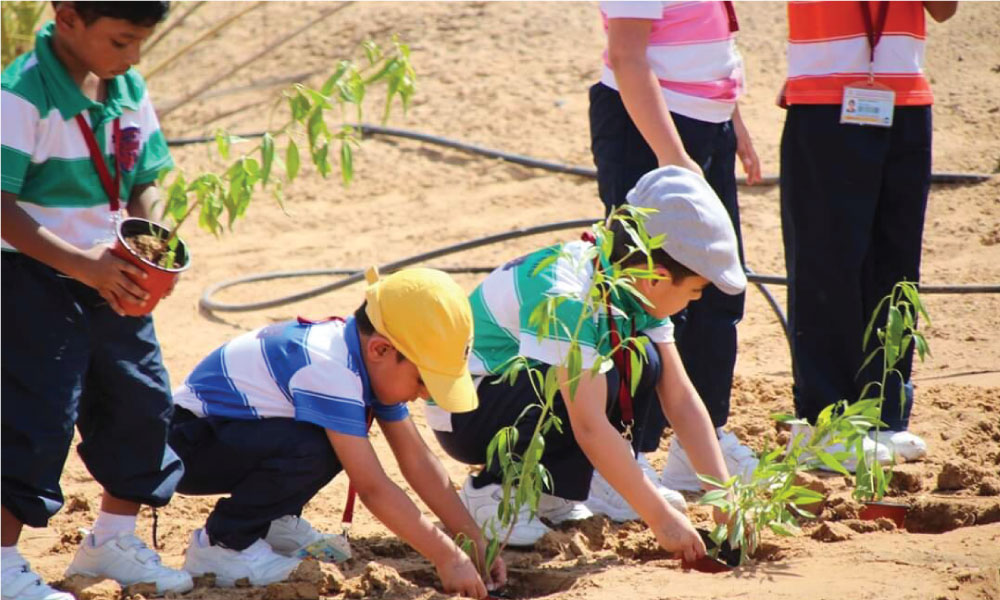
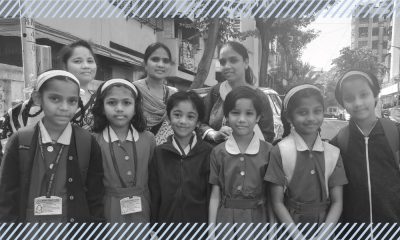
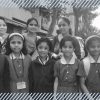
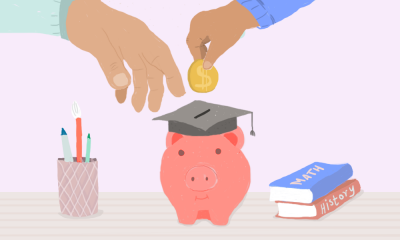

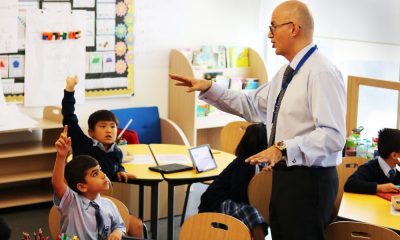
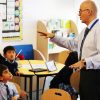
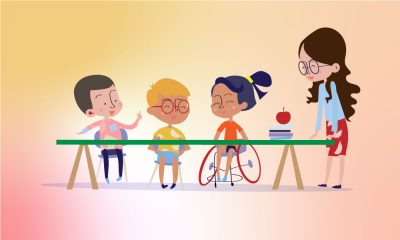
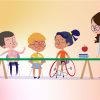
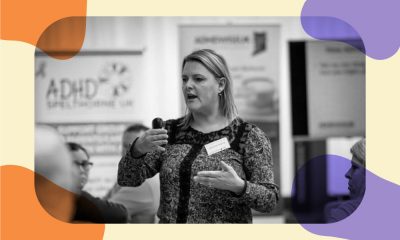
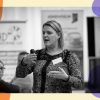


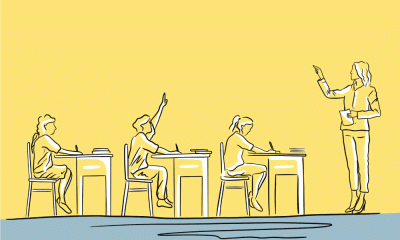
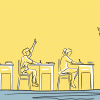


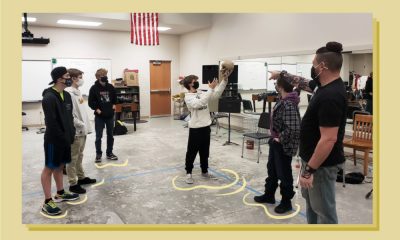
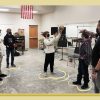
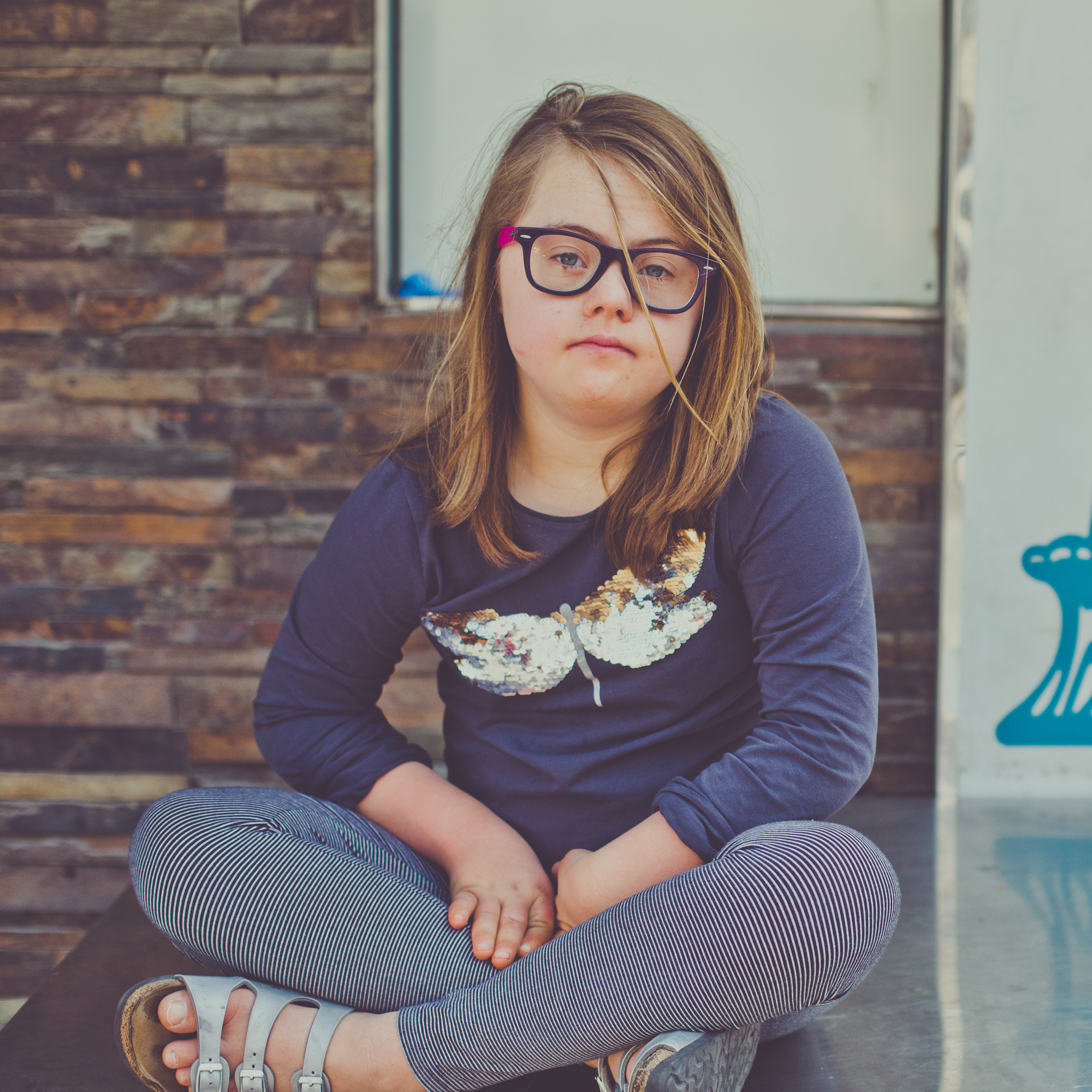
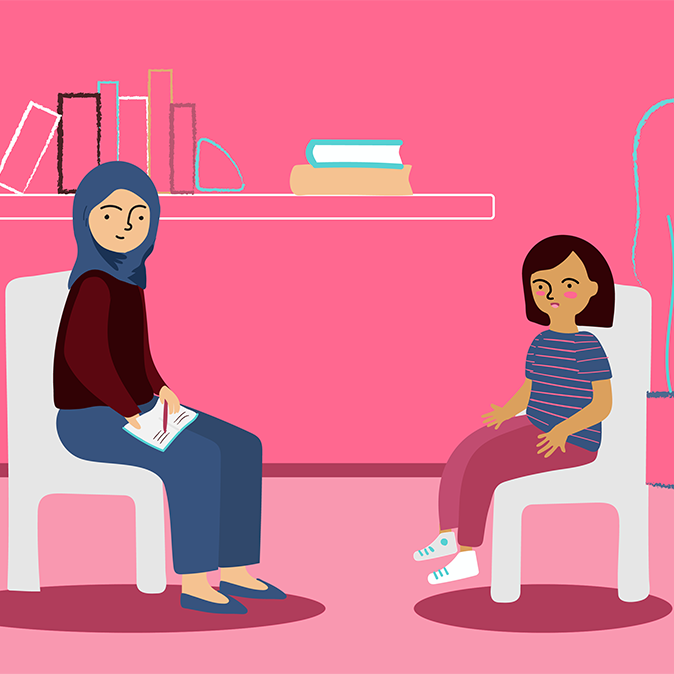
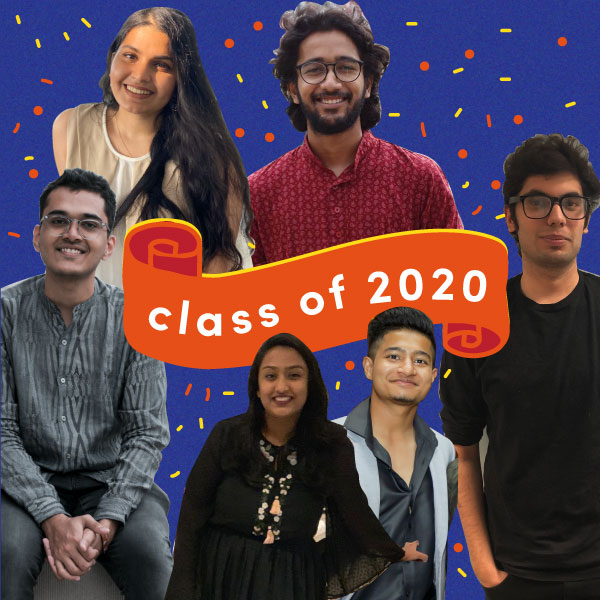
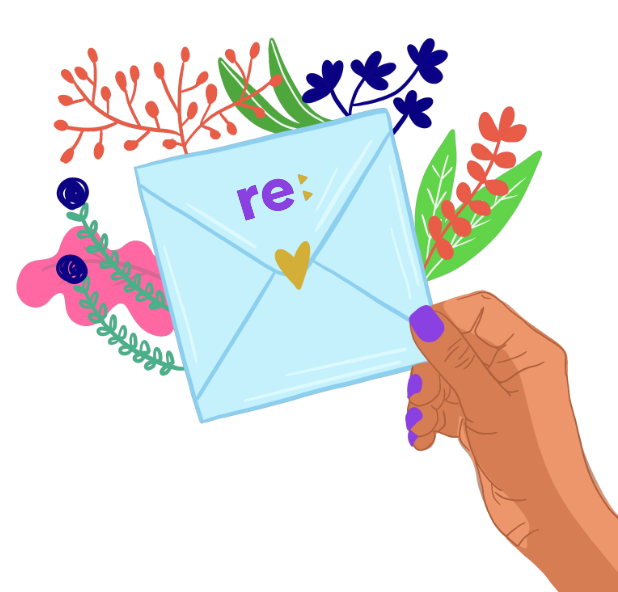
Usha
November 4, 2019 at 8:37 pm
When a school decides to take forward thinking as a goal by incorporating climate change into its scheme of studies then the heart and the head and engaged in effective teaching and learning. Kudos to the school for creating conscientious leaders of tomorrow.
Asha Alexander
August 25, 2020 at 12:52 pm
Thank you for your appreciation! I think every school in the world must integrate climate literacy in lessons. It is the need of the hour.